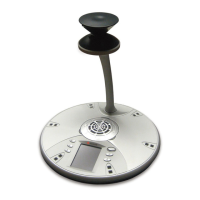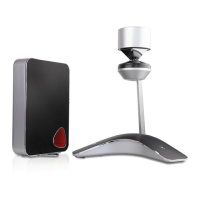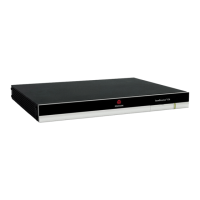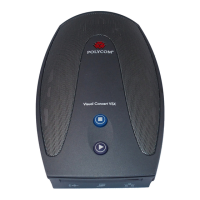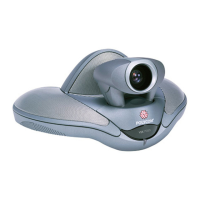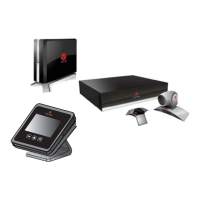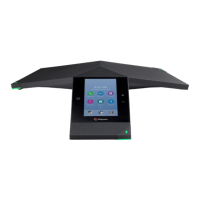Polycom CX5500 Unified Conference Station Administrator’s Guide 1.1.0
Polycom, Inc. 148
This configuration enables the presence feature and display the MyStatus and Buddies soft keys on the
phone. When you press the Buddies soft key, contacts you have entered to your Buddy List display.
Configuring the Static DNS Cache
Beginning SIP 2.1.0, failover redundancy can only be used when the configured IP server hostname
resolves (through SRV or A record) to multiple IP addresses. Unfortunately, the DNS cache cannot
always be configured to take advantage of failover redundancy.
The solution in SIP 3.1 is to enable you to statically configure a set of DNS NAPTR SRV and/or A records
into the phone. See the table Configuring the Static DNS Cache for configurable parameters.
When a phone is configured with a DNS server, it will behave as follows by default:
● The phone will make an initial attempt to resolve a hostname that is within the static DNS cache.
For example, a query will be made to the DNS if the phone registers with its SIP registrar.
● If the initial DNS query returns no results for the hostname or cannot be contacted, then the values
in the static cache are used for their configured time interval.
● After the configured time interval has elapsed, a resolution attempt of the hostname will again result
in a query to the DNS.
● If a DNS query for a hostname that is in the static cache returns a result, the values from the DNS
are used and the statically cached values are ignored.
When a phone is not configured with a DNS server, it will behave as follows:
● When the phone attempts to resolve a hostname within the static DNS cache, it will always return
the results from the static cache.
Support for negative DNS caching as described in RFC 2308 is also provided to allow faster failover
when prior DNS queries have returned no results from the DNS server. For more information, see RFC
2308.
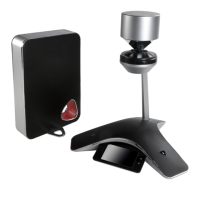
